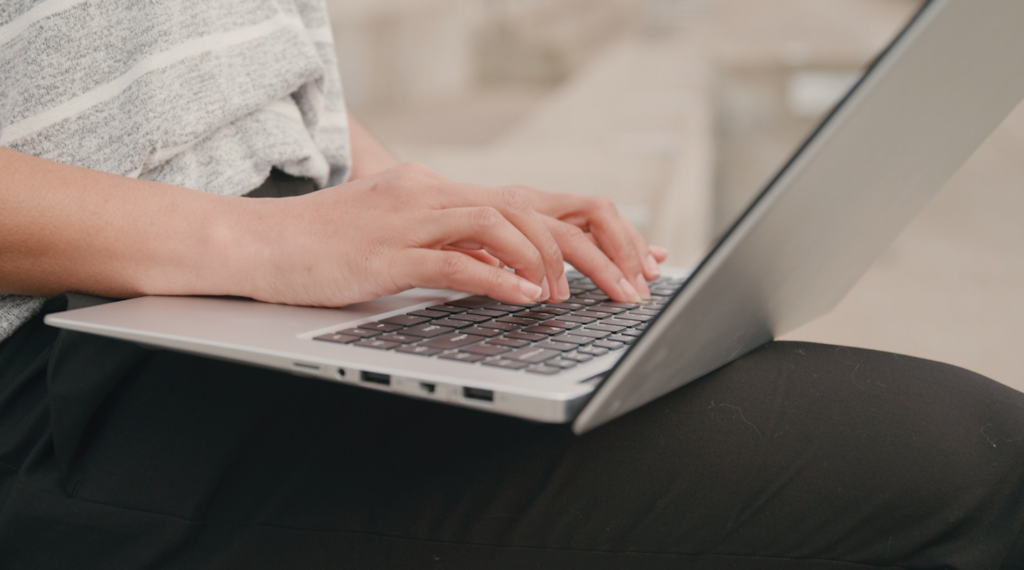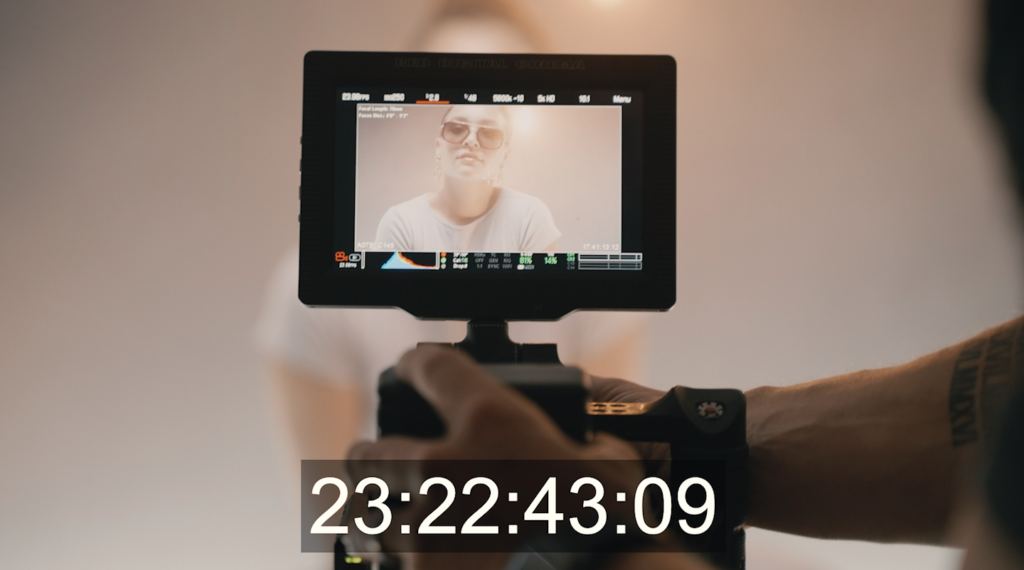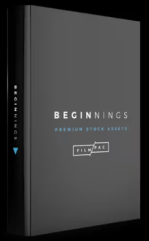What Is Timecode?
If you’ve spent any time with professional video or audio equipment, you’ve probably heard of timecode (also known as LTC or Linear Time Code).
But what is it used for in filmmaking?

What’s Timecode Used For?
In the modern digital era, timecode is a linear set of running numbers that is baked into the footage itself, down to the frame (it can also be added to digital audio). It is a baseline that was established by SMPTE (Society of Motion Picture and Television Engineers)
And once footage is recorded, its associated video timecode remains the same forever, and can be viewed in the edit along with the footage and audio signals.

This is useful in video editing workflows for two primary reasons:
Timecode As A Reference Tool
First, it allows for detailed notes to be recorded about the footage. If you filmed 5 hours of B Roll, for example, a producer will be able to reference exact timecode points when selecting shots for the final edit.
The timecode will match the frame rate (fps, or number of frames) of the footage, so specific points on a timeline can be easily shared and referenced. Many timecode generators default to NTSC (30 frames per second), but most can be adjusted.


Timecode As A Synchronization Tool
Second, it can make syncing up video files from multiple cameras and audio go much quicker, which is a must on multi-camera shoots.
Using a technique called “jamming” or “jam sync”, a camera or audio device can send timecode signal to other devices on set, ensuring they’re all running on the same time clock, and their video clips are all using the same type of time code.
Then, in the edit, those numbers can all simply be lined up, and all of the footage and audio will be in perfect sync.


How Is Timecode Used?
Every professional camera or audio recorder has the ability to generate timecode along with its video signal, and there are also portable timecode generators as well (which use external timecode to override the different timecode of the various recording devices). Simply use one device as a “master” to control the timecode on the other devices via a timecode cable before filming, and they’ll all be synced up for the editing process and playback.
Once you become familiar with it, using timecode can make your video production and post-production process a lot smoother.
Kevin Graham is the Music Director at Filmpac.



 Filmpac is a premium stock footage + music membership library.
Filmpac is a premium stock footage + music membership library.